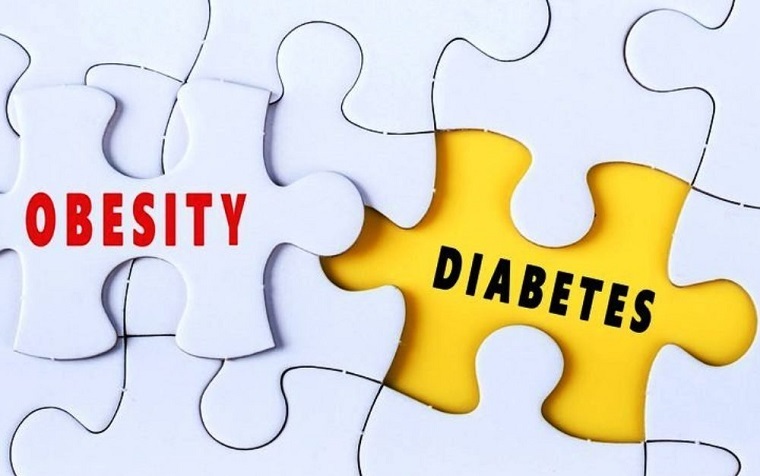
With one-third of U.S. adults deemed clinically obese, researchers at University of California San Francisco (UCSF) recently revealed results of a study to pinpoint precise markers for those at greater risk for developing diabetes.
According to the project’s leaders, approximately 30 percent of obese patients are at high risk for diabetes, a UCSF release said, and the challenge lies is identifying exactly why some individuals develop the condition and others do not.
Their findings suggest a link between the two conditions may lie in the behavior of fat cells, specifically, how they handle accumulated collagen, which is connected to inflammation and metabolic problems.
Dr. Suneil Koliwad of UCSF’s diabetes division, the senior study author, collaborated with Shingo Kajimura of UCSF’s dentistry school to isolate triggers. Previous work by Kajimura’s team indicated that increasing certain cold-sensitive molecules in mice with high-fat diets resulted in fewer fat-related complications and improved metabolism.
“These were surprising and exciting results,” Kajimura said in the release. “We used to think that adipose tissue fibrosis was just a consequence of ‘unhealthy fat,’ but this study suggests that fibrosis is an important therapeutic target to prevent obesity and metabolic disease in humans.”
Kajimura and Koliwad led a team that ascertained connections between that particular molecule and body fat distribution. Their hope is to identify which obese individuals are most likely to develop tissue fibrosis and then to determine whether existing treatments are effective.
“This study puts a lot of earlier research in context,” Koliwad said in the release. “Our findings suggest that people whose fat cells are predisposed to produce a lot of collagen develop fibrotic hardening … making additional fat more likely to spill over into the abdominal cavity, where it … wreaks havoc, triggering the inflammation and metabolic damage that leads to diabetes.”